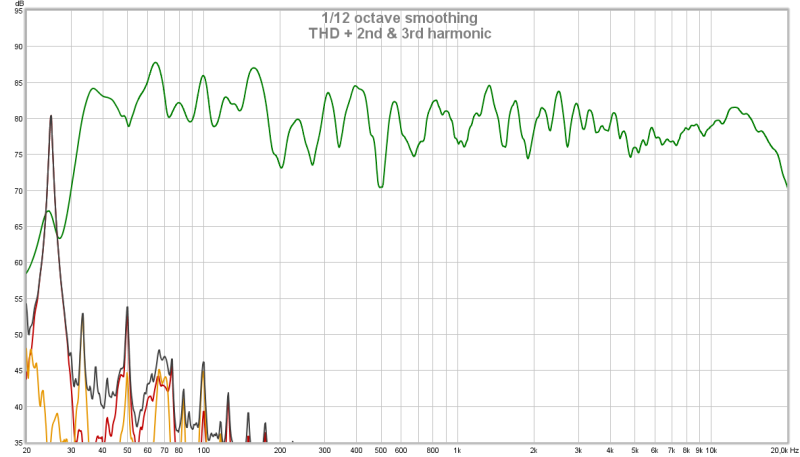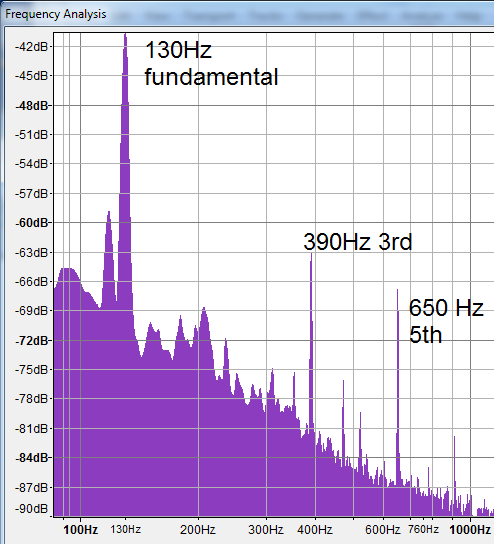Hi,
I own a pair of Aerius mkI driven by a Jeff Rowland Model One amplifier, which appears largely suited to the task.
Touching the Aerius chassis and resistors during music reproduction, however, has revealed me that every woofer vibration affects the panels, likely due to the poor structure of these loudspeakers that cannot absorb woofer movements.
My three question are:
1) does this fact decrease the panels performance in an audible way at medium-high volume?
2) if yes, as I suppose, can I do something to minimize the problem?
3) does this problem exist for all ML loudspeakers?
Thank you very much for your help.
Luca
I own a pair of Aerius mkI driven by a Jeff Rowland Model One amplifier, which appears largely suited to the task.
Touching the Aerius chassis and resistors during music reproduction, however, has revealed me that every woofer vibration affects the panels, likely due to the poor structure of these loudspeakers that cannot absorb woofer movements.
My three question are:
1) does this fact decrease the panels performance in an audible way at medium-high volume?
2) if yes, as I suppose, can I do something to minimize the problem?
3) does this problem exist for all ML loudspeakers?
Thank you very much for your help.
Luca
Last edited:






